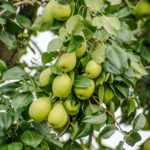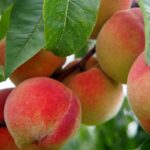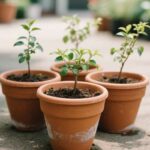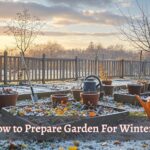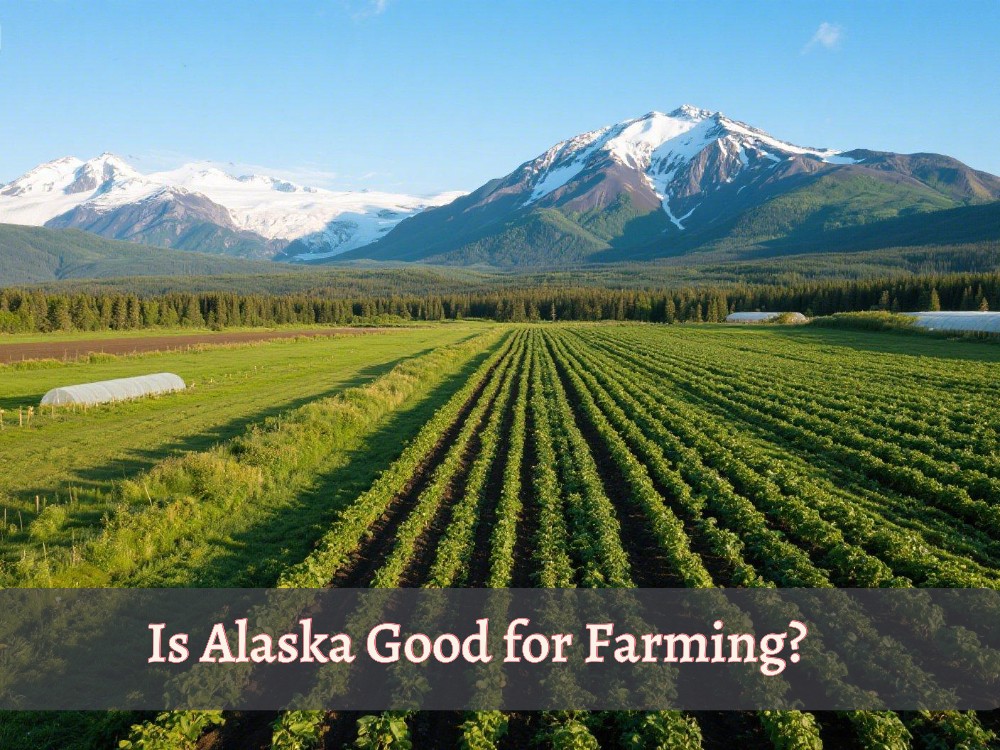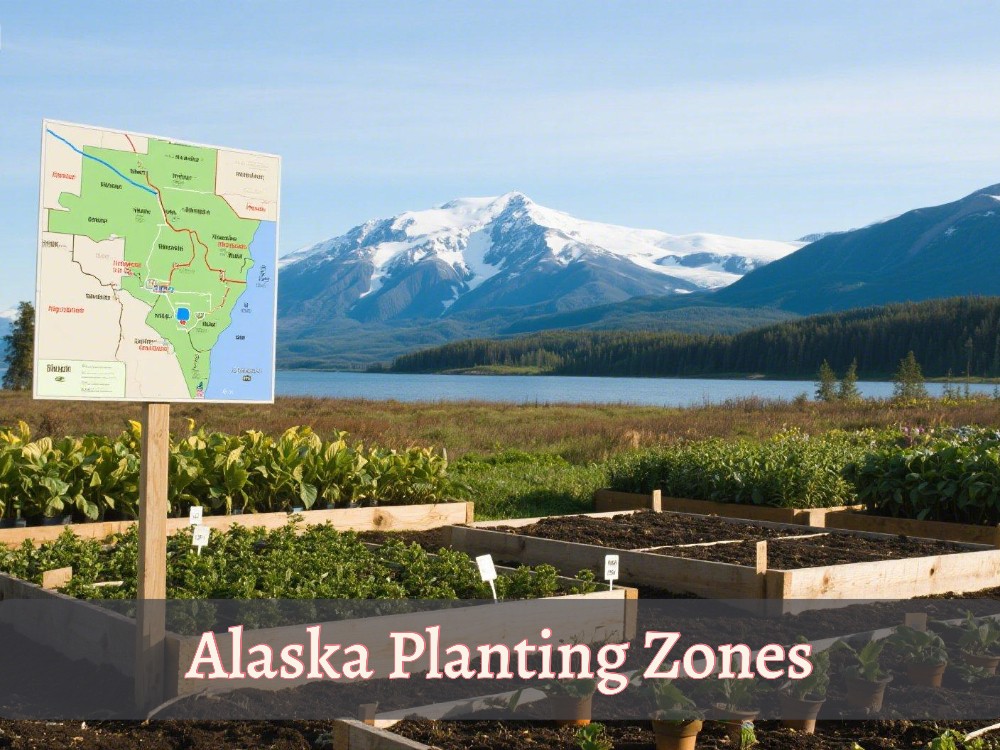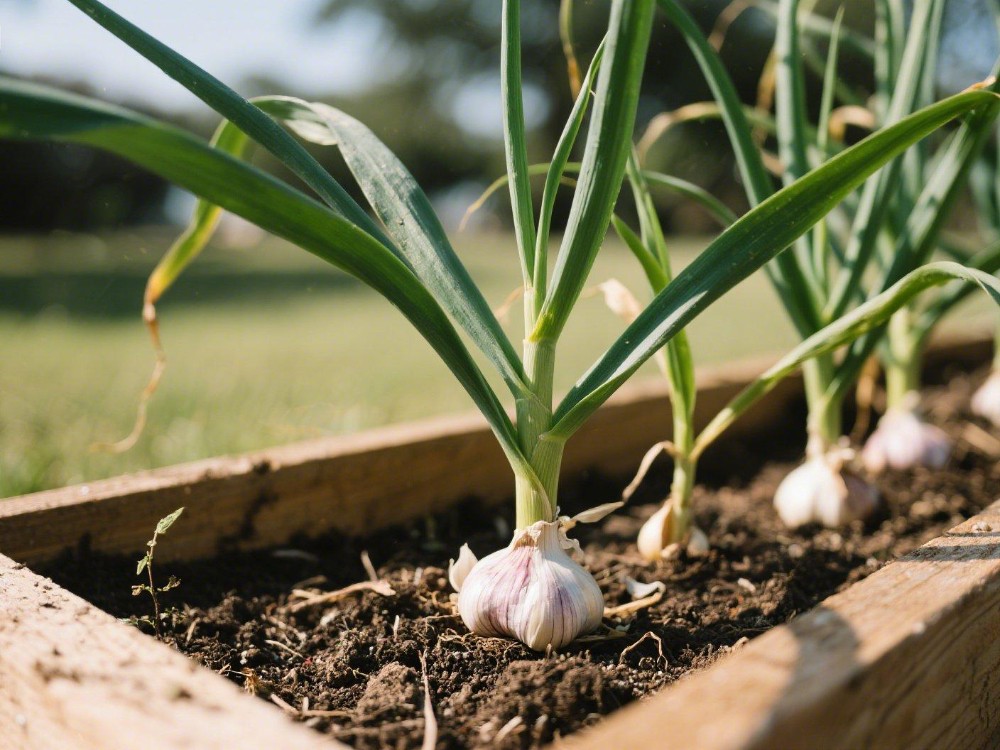The growing season of Alasak is distinct compared to other states of the U.S. because their seasons are very cold. When it comes to gardening in Alaska, understanding when the growing season begins and ends becomes very essential to start your garden in Alaska at the right time.
Alaska Have Different Weather Situations in Different Places at the Same Time
Alaska is the biggest state in the U.S. and is filled with several boroughs, cities, and towns in which four areas have large populations. The four places are Fairbanks, Anchorage, Nome, and Juneau.
To practice gardening in Alaska, you must consider the local weather situation; you absolutely know that the weather situations are significantly different in diverse regions at the same time.
I am providing gardening season information in Alaska based on in-depth research and USDA gardening zone info. So, for successful gardening, you better know about your area.
But here I can promise you that this content will be helpful in both anyway. Because somehow we truly need general information no matter what is the topic.
When is the gardening season in Alaska?
The concept of the gardening season in Alaska means a middle period from the last frost to the first frost of the next year. Since the frost risk is high in Alaska, so you have to care about everything.
No matter how cold-hardy the plant is, in conditions of -51C or heavy snowfall, the natural growth of any plant stops, and it requires intense protection.
So, we can say, that the gardening or growing season in Alaska starts after the last frost date and ends at the first frost date. The frost dates are different from area to area and year to year. It means you need to search for local frost dates and that too updated every year, so that your plants can thank you!
Understanding the Growing Season In Alaska Throughout the Year?
Now, you need to recognize your gardening or growing season throughout the year so that you can easily identify how Alaska’s growing seasons are so different than other states or countries in terms of gardening.
Yes, the growing seasons in Alaska are different based on the local climate. Generally, Alaska experiences a very short growing season of about 100 days, which takes 3 to 4 months. However, the growing season in Alaska varies slightly depending on the specific area and year.
But here’s what I heard: the length of sunlight during the growing season is about 20 to 24 hours, giving the best opportunity to start the garden as the growing season starts after the last frost date.
When does the First and Last Frost Date start in Alaska?
| Zone | Representative Areas | Last Frost Date | Growing Season Days |
|---|---|---|---|
| 1 | Barrow (Utqiaġvik), Prudhoe Bay, Arctic Village | Early June (1–10) | ~50–60 days |
| 2 | Kotzebue, Nome outskirts | Early June (1–10) | ~50–60 days |
| 3 | Fairbanks, Delta Junction | May 1 | ~90 days |
| 4 | Healy, Nenana | May 1 | ~90 days |
| 5 | Juneau, Ketchikan | Early May (1–10) | ~110 days |
| 6 | Palmer, Wasilla | Early May (1–10) | ~110 days |
| 7 | Sitka, Homer | Late April (21–30) | ~120–130 days |
| 8 | Unalaska, Kodiak | Mid April (10–20) | ~150–160 days |
If we talk about frost dates, whether first or last, it slightly varies depending on the specific location and year. However, we should be aware of frost dates generally to keep an estimated idea.
In southeast Alaska, where Anchorage, Talkeetna, Chitina, and MC Carthy are placed, the frost date starts from late September to early October and ends in early May.
In interior Alaska (e.g. Anaktuvuk Pass), the first frost date can be expected in late August from the 21st to the 31st, and the last frost date is the 1st of May, according to Frosty Garden.
From central to northern Alaska, first frost dates usually occur earlier, from late July to early August, and the average last frost date is from late May or early June.
Still, you have to make sure to discover local frost dates for more accurate and relevant data. It was just an estimate according to various sources.
Here, you can explore the average first and last frost dates in Alaska.
When is the Gardening season in Alaska?
After filtering frost duration, here only remains gardening season, which lasts 110 days in South Alaska, 100 days in the interior parts, and 50 to 60 days in most northern parts of alaska.
The growing season in Alaska is very short and cold, so you need to choose vegetables and plants that take 50 to 60 days to mature and be able to harvest.
However, through advanced gardening, such as a greenhouse, raised beds, and cold frames, you can continue plant growth for more days even in frost duration.
Raised beds are most effective, especially during the growing season, because they keep the soil warm and since it is slightly above the ground, sunlight also reaches properly. Just you have to choose the right place for raised beds in every way.
Minimum Temperature range in Alaska?
Understanding minimum temperature is very very important to choose the right plant for your area. The USDA department has made 13 zones and recorded their minimum temperature.
Minimum temperature means the lowest frost intensity in any specific area. You can easily find your zone and its mini temperature range through your zip code. Here find in USDA map!
Still, these zones tell us the estimated data. Alaska consists of 8 zones. All zones and their minimum temperature range are given below.
- Zone 1: -51C to -45C (-60F to -50F): North Alaska
- Zone 2: -45C to -40C (-50F to -40F): North Alaska
- Zone 3: -40C to -34C (-40F to -30F): Interior Alaska
- Zone 4: -34C to -28C (-30F to -20F) Interior Alaska
- Zone 5: -28C to -23C (-20F to -10F) South Alaska
- Zone 6: -23C to -17C (-10F to 0F): South and Southeast Alaska
- Zone 7: -17C to -12C (0F to 10F): South and Southeast Alaska
- Zone 8: -12C to -6C (10F to 20F): South East Alaska
Recommended Plants for Alaska
The right plants for Alaska should be selected not only based on USDA zones and their minimum temperature but also on the growing season so that you can achieve a complete harvest at the next frost.
As growing seasons are different in various parts of Alaska, including southeast, central, and northern areas, here are some recommended plants’ names according to their growing periods and minimum temperature range.
Colder Zones of Alaska (1 to 4)
- Minimum Temperature rage: -51C to -28C (-60FF to -20F)
- Growing season: The growing period is limited from 50 to 80 days in central and northern Alaska.
Recommended Plants
- Root vegetables: Carrot, turnip, beets, garlic
- Cold-hardy greens: kale, spinach, swiss chard
- Hardy flowers: Pansies, violas, lupines
- Berry bushes: Currents honeyberries
Slightly Milder Zones (5 to 8)
- Minimum temperature range: -28C to -6C (-30F to 20F)
- Growing season: The growing season is generally about 100 to 110 days in South Alaska.
Recommended Plants
- Vegetables: Potatoes, Broccoli, Peas, Lettuce,
- Flowers: Marigolds, snapdragons, sunflower
- Fruit plants: Strawberries, rhubarb
- Herbs: Mint, parsley, chives
- What is the Best Shade Cloth for a Garden in Phoenix?
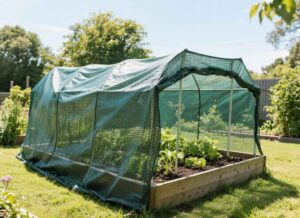
- Can You Grow a Loquat Tree in North Carolina?
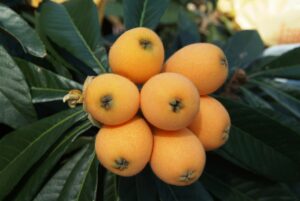
- Can You Grow Loquats in Georgia? What’s Reality
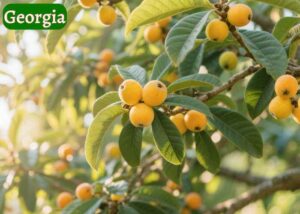
- When to Plant Loquat Seeds in Florida for Best Growth
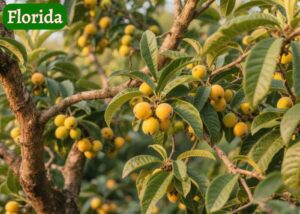
- Explore When to Plant Loquat Seeds in Texas
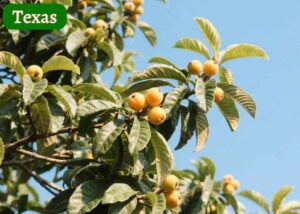
- Best Fruit Trees for Georgia: 4 Easy Choices for Beginners
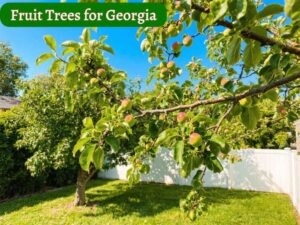
When to Start Planting in Alaska?
Before planting, adding organic matter to the soil is very necessary, particularly in Alaska. Because their soils warm up later. If utilizing pots or containers, make sure to use good potting soil.
You should sow plant seeds indoors during late frost. As frost ends, soil warms up and softens, and the temperature rises slightly, so transplant seedlings outdoors.
But sometimes, cold snaps may occur suddenly, even after the last frost. So, do not transplant until the weather is not suitable.
If any plant is tender, then it is better to transplant it after 2 to 3 weeks of the last frost, when the soil is completely warm. However, cold-hardy plants can be transplanted near the frost.
Earlier planting is possible in south Alaska due to its mild and soft weather, while in interior and north Alaska, you can start planting later.
Interesting fact: In northern Alaska, which comes in the Arctic Circle, sunlight lasts for 20 to 24 hours. Therefore, even if sowing is delayed for a while, the harvest can be well here. Since the growing season is just for 50 to 80 days, you must choose fast-growing plants, such as carrots, turnips, cilantro, kale, lettuce, etc.
Related Gardening Topics: Seasonal Gardening
- Can You Plant a Pear Tree in the Fall? Complete Guide
- Can You Plant a Peach Tree in the Fall? Discover here!
- Can you Plant Trees in the Fall? Is it too Late?
- How to Prepare My Garden for Winter 2025: Veggies, Trees & More
- What is a Spring Plant? Annuals, Biennials, & Perennials
- Summer Gardening 101: What is Considered Early Summer for Your Garden

